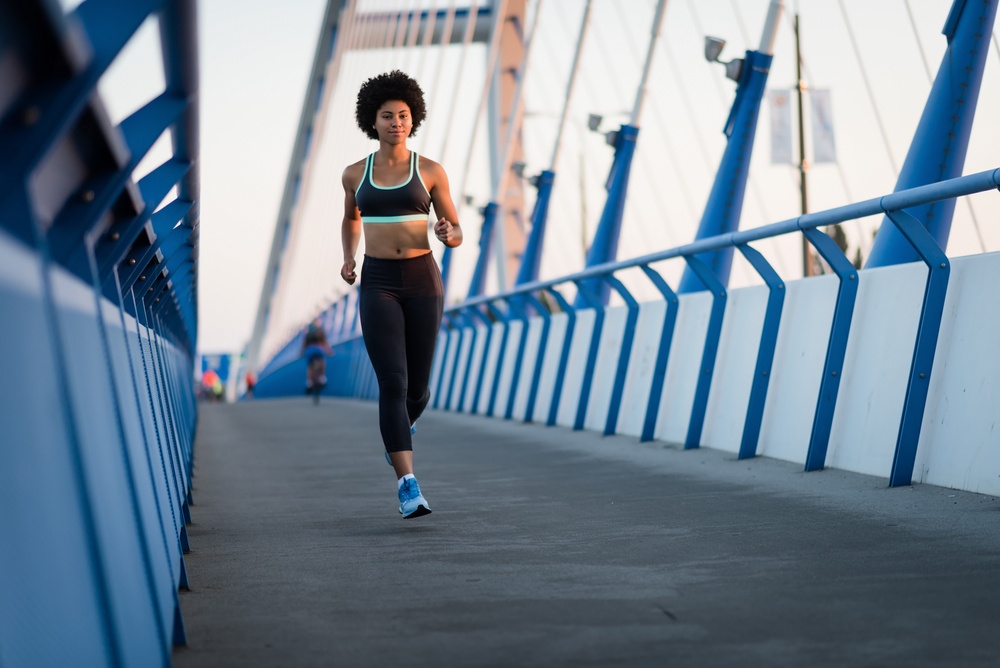Running is one of the best ways to stay fit, tone all areas of the body, burn calories, and relieve stress. As with any athlete, a runner is susceptible to pain and injury when pushing themselves to improve. Most setbacks can be avoided by choosing the right surfaces to run, optimizing your workout while reducing harmful strain on your body.
GRASS
Grass is by far the best surface for runners. It’s soft and forgiving on joints and tendons, yet firm enough to support the Achilles tendon, which is susceptible to injury when stretched too far. Flat grassy areas will make muscles work harder due to the give of the surface and usually provide wide stretches of land that won’t require turns or avoiding obstacles.
Grass tracks may be hard to find in New York City, but there’s plenty of grass lawns in Central Park for everyone who enjoys running.
WOODLAND
Woodland areas provide an optimal surface for runners. Woodland trails provide scenery and shade that make a run more exciting and comfortable. Usually consisting of packed peat and dirt, the ground will absorb impact to the joints and force leg muscles to work harder, though there may sometimes be tree roots or other obstacles to watch out for.
Unfortunately, woody trails are even harder to come by than grass areas in New York City. Tryon Park on the Upper West Side of Manhattan, has some woodland area to offer, as well as great views to keep the runner moving.
SYNTHETIC SURFACE
Synthetic tracks offer a forgiving surface for joints and the Achilles tendon, along with a completely flat track to avoid any missteps. It’s a great surface to practice one’s speed, as it offers little resistance to leg muscles. These tracks do, however, have two considerable narrow turns that strain ankles, knees, and hips, which makes repetition difficult on the joints.
Runners can find synthetic tracks scattered throughout the city, in universities, Pelham Bay Park, Van Cortland Park, and near the scenic Williamsburg Bridge playground.
SAND
Sand offers runners a unique training surface. It’s not ideal for testing speed or practicing sprints, but is the best surface to build endurance and leg strength. Calf muscles have to work extra hard to propel the runner from the sinking surface, without putting much pressure on joints. Running in dry sand is a great workout for the legs, but may strain the Achilles tendon as a runners heel sinks deep into the sand. Running on the compact, wet sand near the water’s edge may pose a problem to ankle and hip joints because of the tilted surface. It’s best to run for short sprints to build strength, but avoid muscle strains.
While there may not be sandy beaches in Manhattan, there are plenty in the boroughs that provide a great view of the city while running. Manhattan Beach and South Beach both overlook the Manhattan Bridge.
Running can often be a source of injury to the knees, legs, hips and ankles. If you are experiencing pain or discomfort in any of these areas, call NY Bone and Joint Specialists today and schedule an appointment with one of our orthopedic specialists to get a proper diagnosis. Waiting will only prolong the injury, while early intervention could be the difference between needing orthopedic surgery and not needing needing surgery.




